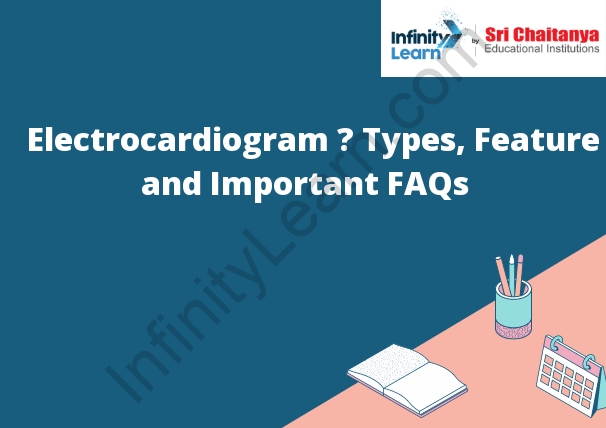electrocardiogram
An electrocardiogram (ECG) is a medical test that records the electrical activity of the heart. The test is used to diagnose heart problems, such as heart attacks, arrhythmias, and heart failure. The ECG also can help determine the cause of chest pain.
During the ECG, electrodes are placed on the skin of the chest, arms, and legs. The electrodes measure the electrical activity of the heart as it beats. This information is displayed as a series of waves on a monitor.
The ECG is a very important test for diagnosing and managing heart conditions.

Electrocardiogram – Types, Feature and Important
An electrocardiogram (ECG) is a graphical recording of the electrical activity of the heart. It is also called an EKG or ECG machine. The machine records the small electrical signals that are generated by the heart muscle as it beats. The ECG is used to help diagnose heart problems.
There are several different types of ECG machines. The most common type is the 12-lead ECG. This type of machine has 12 leads, or wires, that are placed on the patient’s body. The leads allow the machine to record the electrical activity of the heart from 12 different angles. This gives the doctor a more detailed view of the heart’s electrical activity.
The ECG machine records the electrical activity of the heart as a series of waves. The waves are measured in milliseconds (ms). The larger the wave, the stronger the electrical signal. The waves are also classified by their shape. The most common shapes are P, Q, R, S, and T.
The P wave is the first wave to appear on the ECG. It is caused by the electrical signal that travels from the atria (the upper chambers of the heart) to the ventricles (the lower chambers of the heart). The QRS complex is the next wave to appear. It is caused by the electrical signal that travels from the ventricles to the atria. The T wave is the last wave to appear. It is caused by the electrical signal that travels from the ventricles to the Purkinje fibers.
The ECG is used to help diagnose a variety of heart problems. Some of the most common problems that it can detect include:
-Atrial fibrillation
-Atrial flutter
-Atherosclerosis
-Cardiomyopathy
-Myocardial infarction
-Pericarditis
-Pulmonary embolism
-Shock





